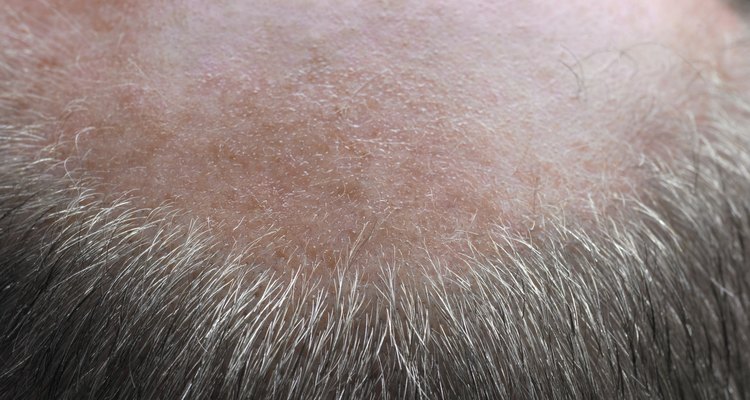
Christopher Robbins/Digital Vision/Getty Images
Having a great head of hair is a part of most people's idea of what's attractive and stylish. Growing hair is on the minds of many people, whether it concerns growing long, flowing locks or combating baldness. If you haven't given yourself over to the shaved-head style touted by the fashion industry, you're probably trying to figure out ways to make your hair look thicker or keep it from thinning as you age. Hair growth occurs in cycles and is responsive to a variety of factors. Research indicates that drinking and applying matcha green tea to the scalp may help your hair to grow.
Matcha Green Tea
Like other types of green tea, Matcha is high in EGCG (epigallocatechin gallate), polyphenols and antioxidants. Using the oxygen radical absorbance capacity, or ORAC, method for testing for levels of antioxidants, MatchaSource.com reports that experts at Tufts University discovered that Matcha green tea is 20 times more potent in its levels of antioxidants that pomegranates or blueberries. ORAC tests specific foods and rates them according to their ability to scavenge and absorb free radicals in the blood, which are associated with diseases such as cancer. Additionally, Matcha green tea is rich in minerals, vitamins and amino acids.
Hair Strengthener
Both drinking and applying all types of green tea topically to the scalp have the ability to strengthen hair because green tea is a good source of the B vitamin panthenol. Panthenol is often used in hair tonics, shampoos and conditioners to help control split ends and stimulate the hair follicle, helping to grow healthy hair.
Hair Growth Mechanism
Dermal papilla cells, or DPCs, control hair growth and are found in fibroblasts in the hair follicle. Some hair conditions, such as genetic alopecia, which precipitate male-pattern balding from hair loss, are caused by problems related to the function of the DPCs, according to an article in the "Phytomedicine" journal. Additionally, it reports that EGCG, a component found in all green teas, may have an effect on hair growth.
EGCG Stimulation
"Phytomedicine" goes on to report that Korean researchers studied the in vitro effects of EGCG on hair growth, as well as changes that may have occurred to DPCs. Their results confirmed that EGCG does stimulate the growth of DPCs in test tubes and humans, as well as promoting the growth of hair follicles. In addition, researchers reported that EGCG slows the rate of cellular death from aging.
Matcha Tea Butter
Matcha butter is made by mixing the finely ground green tea powder with a blend of hydrogenated vegetable oils or shea butter to create a buttery, thick material suitable to use as a topical application on the scalp. It may help reduce inflammation of the skin of the scalp, stimulate hair growth and control conditions such as dandruff. Matcha tea butter also contains vitamin E, which improves circulation to the scalp and hair follicles, and vitamin C, which protects hair from sun damage.
Related Articles

Chlorella and Hair Loss
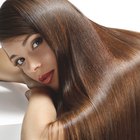
Keratin Hair Treatment Ingredients
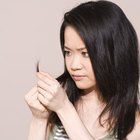
Dominant & Recessive Hair Colors

Can Supplements Reverse Gray Hair?

How to Take Care of Yaki Hair

How to Make a Homemade Water-Based Hair ...

Can Drinking Nettle Tea Reduce DHT ...

What Are the Benefits of BioSil?

Benefits of Soybean Oil for Hair
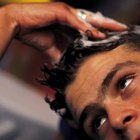
How to Add Saw Palmetto to Your Shampoo

How Are Hair Colors Inherited?

How to Remove Dandruff With Baking ...

Synthetic Hair Vs. Kanekalon Hair

Types of Hair Treatment

Ingredients in Hairfinity Vitamins

How to Use Peroxide to Fade Out Black ...
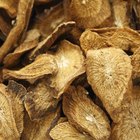
Burdock Root for Hair

How to Put Rods in for a Perm

How to Use Hair Extensions to Cover ...

How to Relax a Perm With Home Remedies
References
Writer Bio
Jean Bardot is a freelance writer and natural health practitioner. She started writing in 1994 and has contributed articles to publications such as "Similimum" and the "IFH Journal." She has a Bachelor of Science in public health from the University of North Carolina and a Master of Science in holistic nutrition from Clayton College of Natural Health.
Photo Credits
Christopher Robbins/Digital Vision/Getty Images